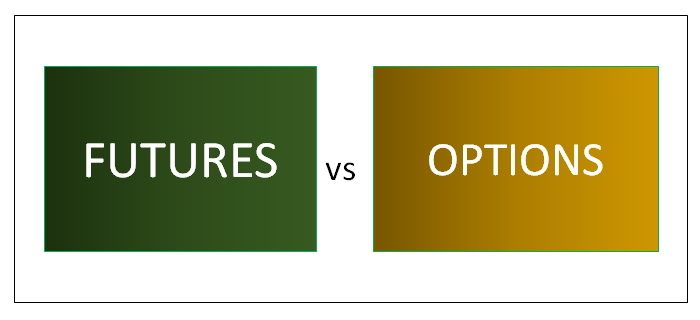Key Differences Between Futures and Options

There are several key differences between futures and options contracts. These contracts grant the right to buy or sell a specific asset at a future date. They allow institutional and retail investors to trade in large quantities and provide less risk. Options can give you unlimited profit or loss and futures allow you to bet a certain amount of money without fear of losing it all. Read on to find out more about these contracts and learn about the different types of investment opportunities they offer.
Differences between futures and options contracts
Futures and options contracts are exchange-traded derivatives. Both are subject to daily settlement, and the underlying asset covered by futures and options contracts is an equity or a financial product. The contracts are traded daily, and both require a margin account for purchase. Futures have an expiration date, whereas options have an expiration date a year or less in the future. Futures are subject to a minimum price fluctuation, while options have a lower minimum fluctuation.
The main difference between options and futures is how they impact the underlying asset. Futures are tied to a predetermined price, but options allow the buyer to choose when and how they execute that purchase. Both are very similar trading products, but futures are more risky and require a known outcome. Option contracts are more flexible and can be profitable if the buyer can predict the outcome of the underlying asset.
Hedging
One way to mitigate price risk is to hedge your future and option contracts. Input hedges reduce price risk related to buying input. A long hedge, on the other hand, involves buying a call option and selling it at a later date. Futures and options are based on the same financial instrument, and the price and timing of the hedge are determined by the futures contract month. When hedged correctly, it will reduce price risk for the input and benefit the investor.
Currency options are another way to hedge risk. They grant you the right to sell a currency at a specific price on a specified date. Currency put options are one common hedging strategy. The put option price is set below the market’s current value. If the market falls below this strike price, the owner of the put option would earn a profit. Hedging with currency options is not for everyone. If you are unfamiliar with the options market, consider opening a demo account at OptionsHouse to practice your hedging strategies.
Speculation
Speculation is a form of trading whereby an individual will bet on the direction in which an asset’s price will move. Unlike hedgers, however, who attempt to minimize the risk associated with price changes by taking an opposite position in a derivative, speculators attempt to make a profit from the price changes of the underlying asset. Both types of trading involve a great deal of risk, so it’s important to know which strategy is best for you.
Speculation is often a good strategy to manage risk. Futures and options are used together to help speculators profit from market fluctuations. Futures and options are paired together, but both are redundant. In addition, they are often used as speculative tools when futures are deemed biased. Speculators often use straddles to speculate on price volatility and hedge their futures positions.
Lot size
While the lot size for future and option markets is the same, the lot size for a stock or index may differ slightly. This is due to the different price movements of the underlying assets. The SEBI regulates the amount of lot size for different stocks and indices. For example, if the price of Tata Motors rises to Rs. 620, then the lot size for a stock or index would be Rs. 620.
When futures and options were first introduced, the Securities and Exchange Board of India (SEBI) fixed the minimum amount as Rs. two lakhs. In other words, the number of shares in a lot is fixed based on the current price of the stock or index. The market lot is then multiplied by this amount to determine the notional value of the stock or index. The indicative lot size was set at this level until 2015.




